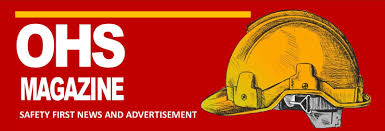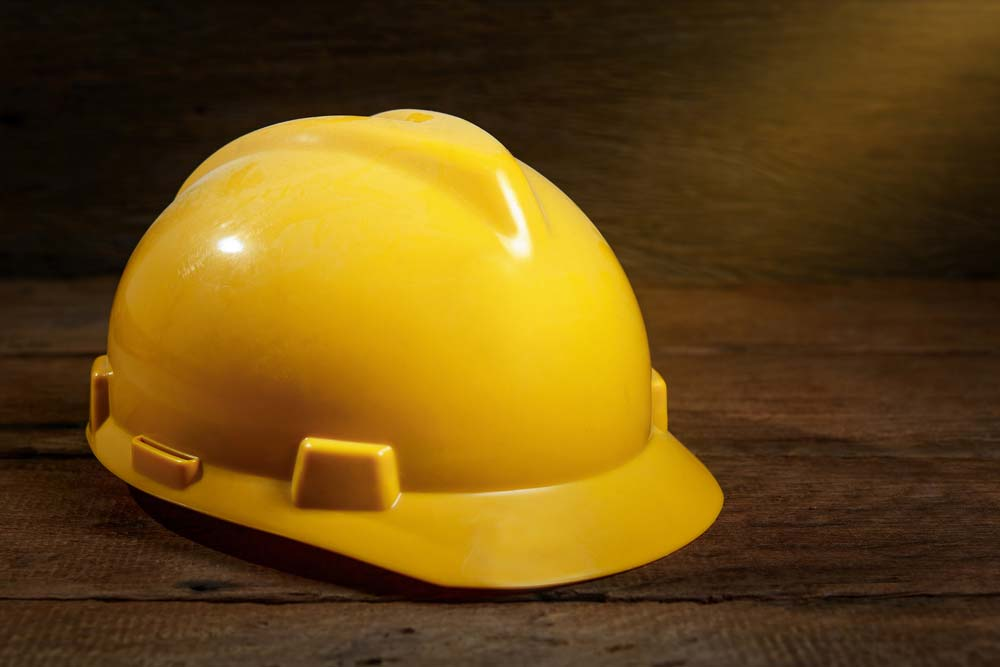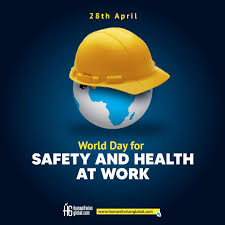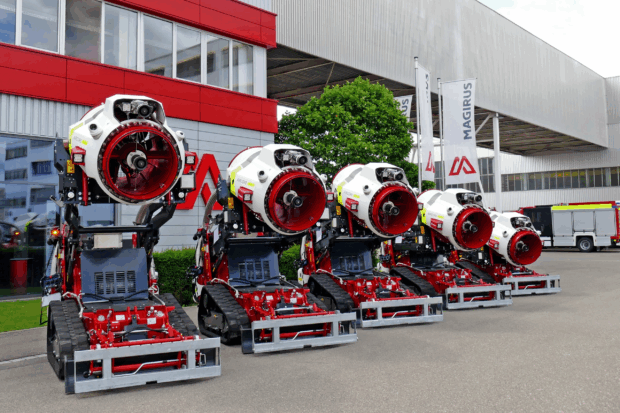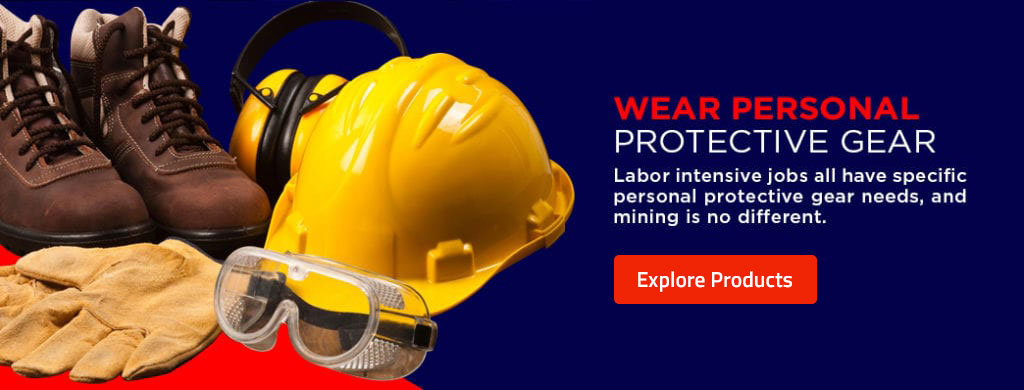The Evolution of Occupational Health and Safety: From Reactive Measures to Proactive Strategies.Occupational health and safety (OHS) has undergone a remarkable transformation over the centuries, shifting from a reactive approach—dealing with incidents after they occur—to a proactive strategy aimed at preventing workplace hazards. This evolution reflects growing awareness of worker rights, advancements in technology, and a deeper understanding of human health and behavior. Understanding this journey underscores the importance of prioritizing proactive safety measures in today’s workplaces.
The Reactive Era: Addressing Problems After the Fact
Historically, workplace safety was an afterthought, often addressed only in the wake of catastrophic incidents. During the Industrial Revolution in the 18th and 19th centuries, factories became hubs of productivity but also harbingers of danger. Workers faced hazardous conditions, including exposure to toxic substances, unguarded machinery, and long hours leading to fatigue-related accidents.
The early 20th century saw the emergence of basic safety regulations. Governments began enacting laws to address glaring risks, such as the introduction of factory acts in the UK and labor laws in the United States. However, these measures were largely reactive, responding to public outcry over accidents and fatalities rather than seeking to prevent them.
The Shift Towards Prevention
The mid-20th century marked a turning point in OHS. A combination of scientific advancements, labor union advocacy, and growing awareness of workplace hazards led to a shift in focus from reaction to prevention. Key milestones included:
- The Rise of Research and Standards: Scientists and engineers began studying workplace hazards systematically. The publication of studies on the effects of asbestos, for example, revealed long-term health risks, prompting stricter regulations and material substitutions.
- Legislation with Preventive Focus: Landmark laws, such as the Occupational Safety and Health Act of 1970 in the United States, established frameworks for identifying and mitigating hazards before accidents occurred. These laws created regulatory bodies like OSHA, tasked with setting and enforcing safety standards.
- Worker Training and Education: Companies began implementing safety training programs to equip employees with the knowledge to recognize risks and adopt safer practices. The emphasis was on empowering workers to take an active role in their own safety.
The Emergence of Proactive Strategies
The late 20th and early 21st centuries saw the emergence of proactive safety measures driven by technological innovation and a cultural shift towards holistic employee well-being. Organizations began moving beyond compliance with regulations, adopting strategies that integrated safety into their core operations.
Key Components of Proactive Strategies:
- Risk Assessments and Hazard Prevention Plans: Companies started using systematic risk assessment tools to identify potential hazards before they materialized. This approach shifted the focus from responding to incidents to preventing them.
- The Role of Technology: Technologies like sensors, automation, and predictive analytics revolutionized workplace safety. Wearable devices monitor workers’ health and environmental conditions in real-time, while predictive models analyze data to forecast and mitigate risks.
- Behavioral Safety Programs: Recognizing the human factor in workplace safety, organizations began promoting behavioral safety programs. These initiatives focus on cultivating a culture where safety is a shared responsibility, encouraging employees to report hazards and participate in safety improvements.
- Integration of Health and Safety: Modern OHS programs address both physical and mental health, recognizing that stress, fatigue, and psychological safety are integral to overall workplace safety. Wellness programs, mental health resources, and work-life balance initiatives are increasingly common.
The Impact of Globalization and Standards
Globalization has played a critical role in shaping OHS practices. International organizations such as the International Labour Organization (ILO) and the International Organization for Standardization (ISO) have established guidelines like ISO 45001, which provides a framework for OHS management systems. These standards help harmonize safety practices across industries and countries, ensuring a consistent approach to worker protection.
Challenges in the Proactive Era
Despite significant progress, challenges remain. Small and medium-sized enterprises (SMEs) often struggle with resource constraints, making it difficult to implement advanced safety measures. Additionally, rapid technological changes require continuous adaptation to emerging risks, such as those associated with artificial intelligence and robotics.
The Future of OHS: A Vision for Continuous Improvement
The future of occupational health and safety lies in further embracing innovation and fostering a culture of continuous improvement. Emerging trends include:
- Artificial Intelligence (AI) and Machine Learning: AI-driven tools will further enhance predictive analytics, enabling real-time monitoring and preemptive responses to potential hazards.
- Virtual and Augmented Reality (VR/AR): These technologies are being used for immersive safety training, simulating hazardous scenarios in a controlled environment to prepare workers for real-life challenges.
- Sustainability and Safety: As environmental sustainability becomes a priority, companies will need to integrate eco-friendly practices into their safety programs, ensuring that green initiatives also prioritize worker well-being.
- Global Collaboration: Increased collaboration between governments, organizations, and international bodies will help address global safety challenges and promote a universal standard for workplace safety.
Conclusion
The evolution of occupational health and safety from reactive measures to proactive strategies reflects humanity’s growing commitment to safeguarding the well-being of workers. By continuing to innovate, educate, and collaborate, we can create workplaces that are not only productive but also safe, healthy, and inclusive for all. The journey is ongoing, but the destination—a world where workplace injuries and illnesses are virtually eliminated—is within reach.
